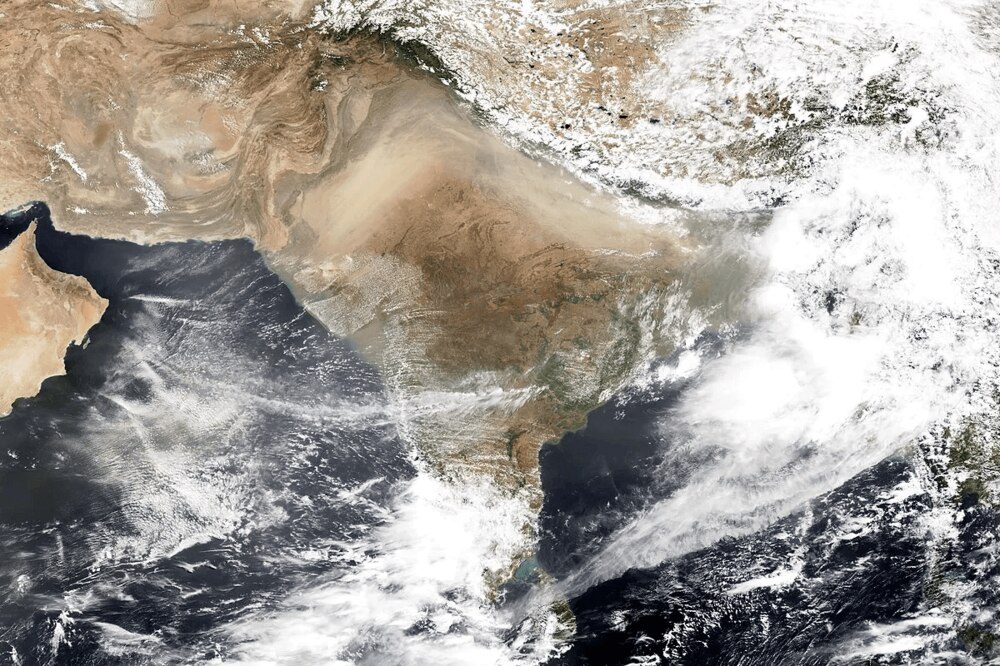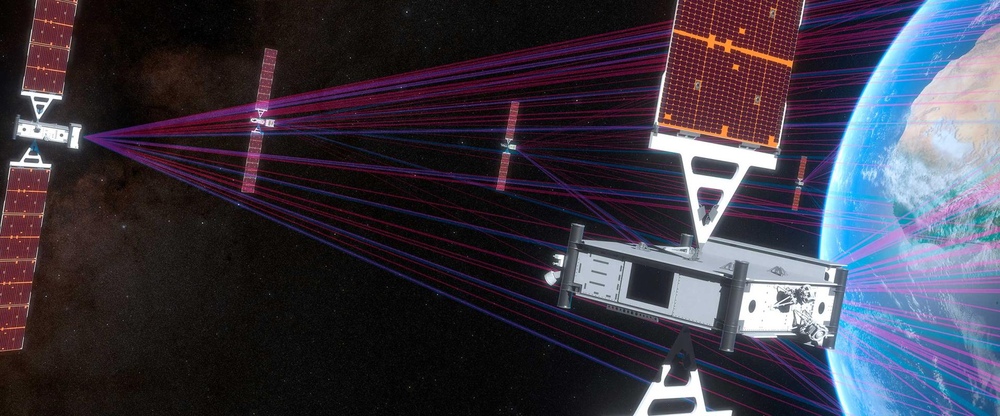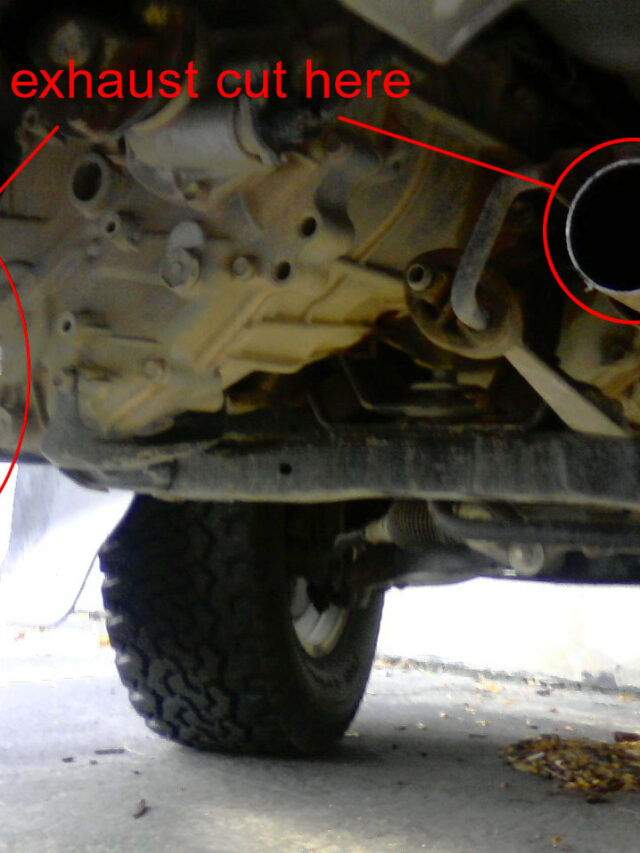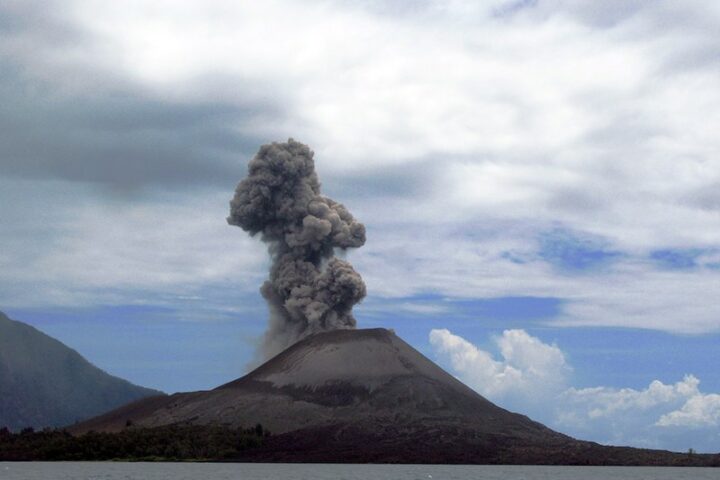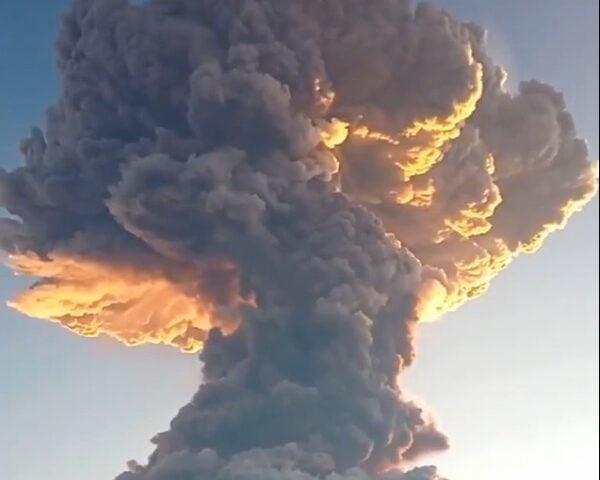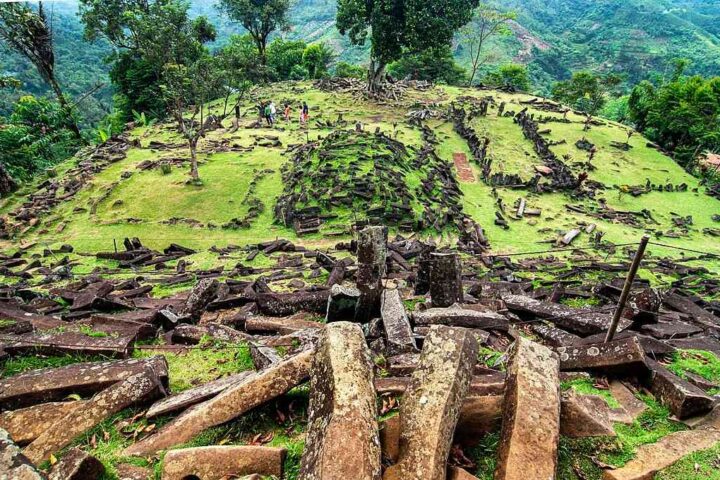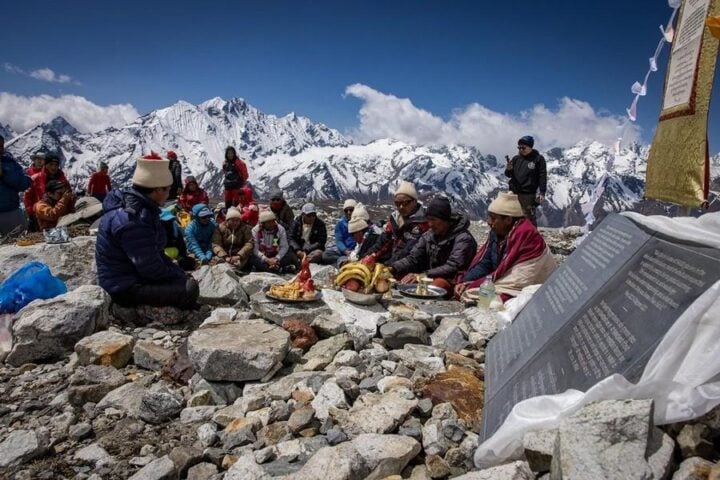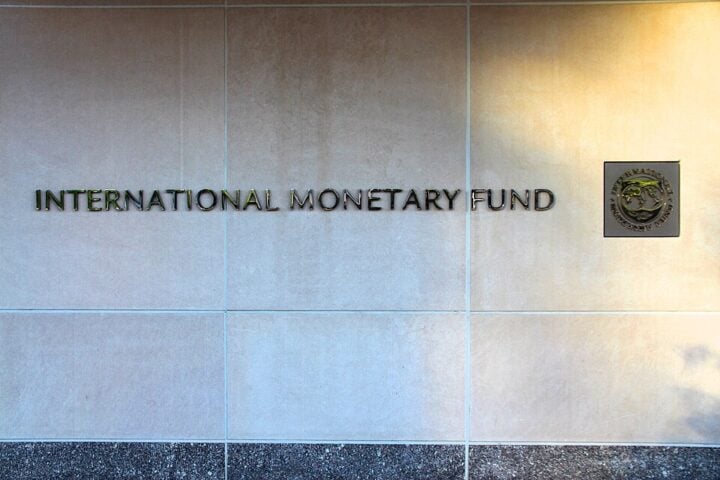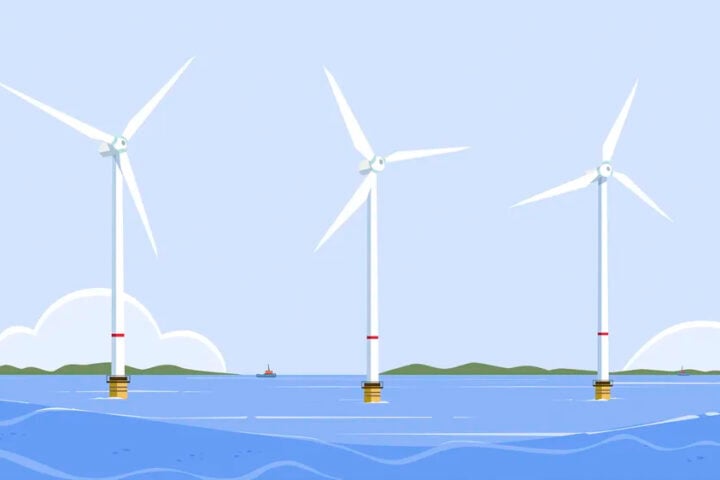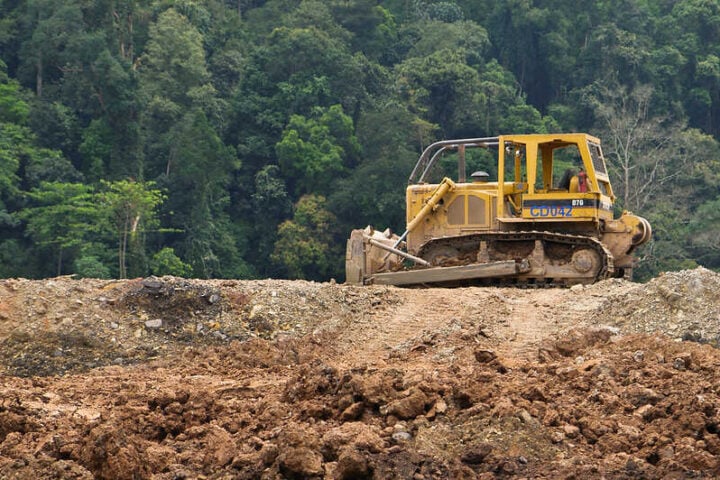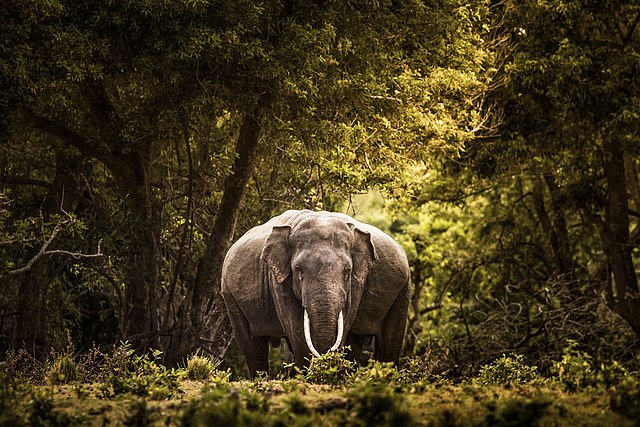Geological Insights: A Fresh Perspective
Recent revelations regarding the formation of the Tibetan Plateau, often hailed as the “Roof of the World,” have thrust this geological wonder into the limelight. In a groundbreaking study, Dr. Lin Ding, a prominent geologist, challenged the traditional view, shedding new light on the plateau’s growth history. This study unearthed that the southern and central parts of the plateau experienced uplift around 40 million years ago, earlier than previously thought, while the northern section began its ascent approximately 10 million years ago. Advanced techniques, including detrital zircon U-Pb age spectra, were employed to gather data from river sands across the plateau, adding depth to our understanding of the Earth’s surface evolution.
Tracing the Origins of Tibetan Plateau Glacier Dust
The origins of glacier dust on the Tibetan Plateau, vital for comprehending glacier dynamics and regional climate patterns, came into focus in May 2016 when snow pit samples were collected from three distinct glaciers: Qiyi in the north, Yuzhufeng in the center, and Xiaodongkemadi in the south. Utilizing rare earth element (REE) concentrations analyzed through inductively coupled plasma mass spectrometry, the study employed two tracing approaches, direct REE tracing, and an indirect method combining potential source contribution function and concentration-weighted trajectory. Both approaches consistently implicated the Taklimakan Desert, Qaidam Basin, and Tibetan Plateau surface soils as significant contributors to glacier dust. Notably, central and southern glaciers showed influences from the Thar Desert, a departure from the pattern observed in northern glaciers.
Transportation of Dust: Westerlies, Terrain, and Uplift
The Taklimakan and Thar Deserts emerged as major contributors to glacier dust, characterized by their substantial contributions and high dust concentration. The Taklimakan dust, influenced by terrain and westerly winds, disproportionately affected central and southern glaciers, underscoring the importance of regional atmospheric patterns in dust distribution. The westerlies played a crucial role in carrying Thar Desert dust to the Tibetan Plateau after being uplifted by updrafts in northwest India. This transportation had a particularly significant impact on the southern glaciers, further illuminating the intricate interplay between geological processes and climate dynamics.
Similar Posts
Effective Tracing Methods: A Key to Understanding Dust Sources
The study highlighted the efficiency of the indirect approach, combining potential source contribution function and concentration-weighted trajectory, in short-term dust source tracing. This methodology offers a promising avenue for researchers seeking to unravel the complexities of dust source identification in the region.
Acknowledgments and Support
The dedicated efforts of the Tibetan Plateau work team in the spring of 2016 were acknowledged for their invaluable contributions to the research. Professor Yan Yang and master student Sha Liang were recognized for their assistance in sample determination. Importantly, the research received support from the Second Tibetan Plateau Scientific Expedition and Research Program, enabling this pioneering study to advance our understanding of the region’s environmental and climatic changes.
A Geological and Climatic Marvel
The Tibetan Plateau, with its unique geological and climatic conditions, stands as a critical area for scientific exploration. The plateau’s formation and its profound influence on global climate patterns underscore its pivotal role in the fields of geology and climatology. Recent discoveries about the plateau’s formation offer a fresh and captivating perspective on the geological history of this remarkable region, highlighting the importance of interdisciplinary collaboration. These findings have not only unlocked new avenues for further research and exploration in the region but have also reaffirmed the Tibetan Plateau’s position as a focal point for scientists striving to comprehend the Earth’s past, present, and future.
